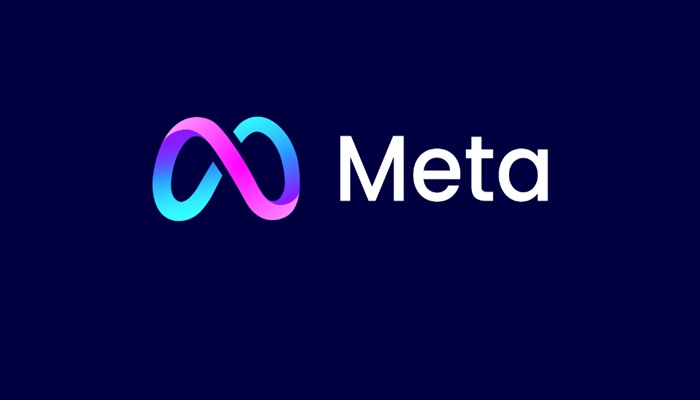A new workplace study has found that many employees—including senior executives—are reluctant to admit using AI on the job.
The AI in the Workplace 2025 survey, conducted by WalkMe (part of SAP), polled 1,000 U.S. employees and found that 48.8% had hidden their use of AI to avoid judgment. The figure was even higher among executives, with 53.4% of C-suite leaders admitting they concealed their reliance on AI tools.
The survey shows a widespread tendency to mask knowledge gaps. About 45% of workers said they pretended to understand AI during meetings, while 49% admitted to hiding usage entirely. Among Gen Z—the most active AI adopters, with an 89.2% usage rate—55.5% claimed to fake understanding, and 62% said they concealed use altogether.
Limited training appears to be a major factor. Only 7.5% of respondents reported receiving extensive training, while nearly one in four had received none. Among Gen Z, just 6.8% had in-depth training, and 13.5% none at all, forcing many to turn to unsanctioned “shadow AI” tools.
Despite 80% of employees saying AI improves productivity, nearly 60% said learning new AI tools often takes longer than completing the task manually. Gen Z employees were most affected: 65.3% reported slowdowns, and 68% said they felt added pressure to deliver more output.
The study also highlights risks from unsanctioned AI adoption. About 78% of workers admitted to using shadow AI tools outside of official IT approval, raising concerns about compliance and security.
“When nearly 80% of employees are using shadow AI tools, organisations are not just losing money – they’re losing control,” said Dan Adika, WalkMe CEO and co-founder, in a statement published via GlobeNewswire.
WalkMe also reported an “AI class divide”: 17.1% of executives had received training compared with only 3.7% of entry-level employees.
Next steps for employers
The report recommends several measures for organisations looking to close the gap:
- Provide structured training for staff at all levels.
- Set clear policies around approved AI tools.
- Encourage open discussion to reduce stigma.
- Focus on integration and usability to capture productivity gains.
The study concludes that while AI adoption is advancing rapidly, organisations that fail to address training and governance risk leaving employees—both senior and junior—uncertain, unproductive and unwilling to admit how they actually use the technology.




















